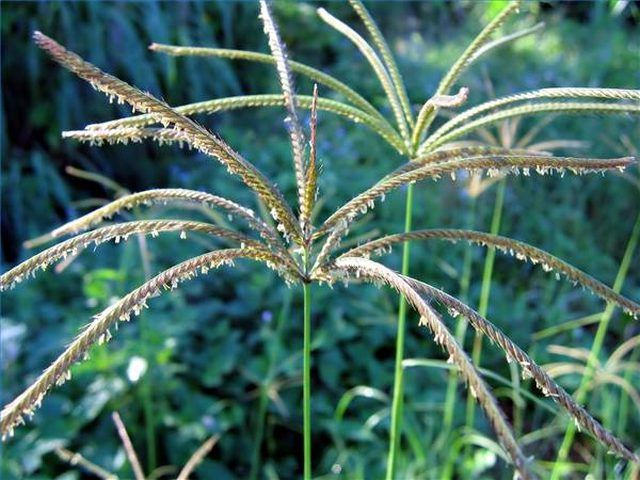Bulbs
Flower Basics
Flower Beds & Specialty Gardens
Flower Garden
Garden Furniture
Garden Gnomes
Garden Seeds
Garden Sheds
Garden Statues
Garden Tools & Supplies
Gardening Basics
Green & Organic
Groundcovers & Vines
Growing Annuals
Growing Basil
Growing Beans
Growing Berries
Growing Blueberries
Growing Cactus
Growing Corn
Growing Cotton
Growing Edibles
Growing Flowers
Growing Garlic
Growing Grapes
Growing Grass
Growing Herbs
Growing Jasmine
Growing Mint
Growing Mushrooms
Orchids
Growing Peanuts
Growing Perennials
Growing Plants
Growing Rosemary
Growing Roses
Growing Strawberries
Growing Sunflowers
Growing Thyme
Growing Tomatoes
Growing Tulips
Growing Vegetables
Herb Basics
Herb Garden
Indoor Growing
Landscaping Basics
Landscaping Patios
Landscaping Plants
Landscaping Shrubs
Landscaping Trees
Landscaping Walks & Pathways
Lawn Basics
Lawn Maintenance
Lawn Mowers
Lawn Ornaments
Lawn Planting
Lawn Tools
Outdoor Growing
Overall Landscape Planning
Pests, Weeds & Problems
Plant Basics
Rock Garden
Rose Garden
Shrubs
Soil
Specialty Gardens
Trees
Vegetable Garden
Yard Maintenance
Types of Wild Grasses
Types of Wild Grasses. Wild grasses have made their way into lawns and gardens as both components of a healthy lawn and as ornamental grasses. When grown in their native areas, these hardy grasses are very easy to maintain.

Wild grasses have made their way into lawns and gardens as both components of a healthy lawn and as ornamental grasses. When grown in their native areas, these hardy grasses are very easy to maintain.
St. Augustine Grass
St. Augustine grass is native to the Southern and Gulf coastal regions of the United States. It can grow into a thick, beautiful lawn but requires watering to maintain greenness during summer months.
Feather Reed Grass
Feather reed grass is one of the most popular ornamental grasses. It has strong vertical lines, with both leaves and stalks standing upright. Feather reed grass is often planted around ponds and other water features.
Blue Fescue
Blue fescue and large blue fescue grow in thick clumps to about 18 inches in height. The blue-gray color and mounded shape make them popular as ornamental grasses in borders and rock gardens.
Plume Grass
Plume grass is also called Hardy Pampas Grass. It is often grown as a substitute for Pampas grass in northern areas. Plume grass grows up to 8 to 12 feet in height, making it a popular screen plant.
Buffalo Grass
Buffalo grass is native to the Central Plains states. The low-growing wild grass is very popular for lawns in the Central United States. It is low maintenance and forms a thick, dense carpet of grass.